The retail industry is undergoing a transformative shift driven by technological advancements. From enhancing customer experiences to streamlining operations, technology is revolutionizing how retailers operate and engage with consumers. This article explores the key technological trends shaping the future of retail and their impact on the industry.
The Rise of E-Commerce and Omnichannel Retailing
E-Commerce Growth
E-commerce has been a game-changer for the retail sector. With the convenience of online shopping, consumers now have access to a vast array of products from the comfort of their homes. The rise of e-commerce platforms has also led to an increase in mobile shopping, as consumers use smartphones and tablets to make purchases on the go. Retailers are investing heavily in their online presence to capture this growing market.
Omnichannel Retailing
Omnichannel retailing integrates multiple channels to provide a seamless shopping experience. Consumers expect to move effortlessly between online and offline channels, and retailers are responding by creating cohesive experiences across their websites, physical stores, social media, and mobile apps. By leveraging technology, retailers can offer features such as click-and-collect, where customers order online and pick up in-store, enhancing convenience and satisfaction.
Artificial Intelligence and Machine Learning
Personalized Shopping Experiences
Artificial Intelligence (AI) and Machine Learning (ML) are revolutionizing how retailers understand and interact with their customers. AI-powered recommendation engines analyze consumer behavior and preferences to provide personalized product suggestions. This not only enhances the shopping experience but also drives sales by presenting customers with relevant options tailored to their tastes.
Chatbots and Virtual Assistants
AI-driven chatbots and virtual assistants are becoming increasingly common in retail. These tools offer real-time customer support, answer queries, and assist with transactions. By automating these interactions, retailers can provide 24/7 support and free up human resources for more complex tasks. Additionally, chatbots can gather valuable data on customer preferences and behavior, further refining personalized marketing strategies.
Augmented Reality and Virtual Reality
Enhancing In-Store Experiences
Augmented Reality (AR) and Virtual Reality (VR) technologies are transforming in-store experiences. AR allows customers to visualize how products will look in their homes or on their bodies before making a purchase. For example, furniture retailers use AR apps to show how a piece of furniture will fit in a room, while fashion retailers offer virtual try-ons for clothing and accessories.
Virtual Store Tours
VR provides an immersive shopping experience by allowing customers to explore virtual stores from anywhere. This technology is particularly useful for showcasing large inventories or creating themed environments that enhance the shopping experience. Retailers can use VR to offer virtual store tours, product demonstrations, and even simulate special events, making it easier for customers to engage with their brand.
Big Data and Analytics
Data-Driven Decision Making
Big Data and analytics are crucial for modern retail operations. Retailers collect vast amounts of data from various sources, including sales transactions, customer interactions, and social media. Analyzing this data helps retailers understand consumer behavior, identify trends, and make informed decisions. For instance, predictive analytics can forecast demand, optimize inventory management, and personalize marketing campaigns.
Enhancing Customer Insights
Data analytics provides valuable insights into customer preferences and purchasing patterns. By segmenting customers based on their behavior and demographics, retailers can create targeted marketing strategies and improve customer retention. Additionally, analyzing feedback and reviews helps retailers identify areas for improvement and enhance their products and services.
Internet of Things (IoT)
Smart Inventory Management
The Internet of Things (IoT) connects physical devices to the internet, enabling real-time data collection and analysis. In retail, IoT technology is used for smart inventory management, where sensors track stock levels, monitor shelf conditions, and manage supply chains. This real-time information helps retailers optimize inventory levels, reduce waste, and ensure products are always available to customers.
Enhancing Customer Experiences
IoT devices also enhance the in-store experience. For example, smart mirrors in fitting rooms can provide customers with additional information about products, such as available sizes and colors. Beacons and sensors can offer personalized promotions and notifications based on a customer’s location within the store. These innovations create a more engaging and tailored shopping experience.
Blockchain Technology
Securing Transactions and Data
Blockchain technology offers a secure and transparent way to record transactions. In retail, blockchain can be used to enhance the security of online transactions, prevent fraud, and ensure data integrity. By providing a decentralized ledger, blockchain reduces the risk of data breaches and increases consumer trust in the security of their personal and financial information.
Supply Chain Transparency
Blockchain also improves supply chain transparency by providing a tamper-proof record of each stage in the product journey. Retailers can use blockchain to track the origin and movement of products, ensuring authenticity and ethical sourcing. This transparency is particularly important for consumers who are increasingly concerned about the environmental and social impact of their purchases.
Automation and Robotics
Streamlining Operations
Automation and robotics are transforming retail operations by increasing efficiency and reducing costs. From automated warehouses to robotic fulfillment centers, these technologies streamline processes and improve accuracy. For example, robots can handle tasks such as sorting and packing orders, while automated systems manage inventory and restocking.
Enhancing Customer Service
In physical stores, robots and automated systems are used for tasks such as customer assistance and checkout. Self-service kiosks and automated checkout stations reduce wait times and enhance the shopping experience. Additionally, robots can assist with tasks like stocking shelves and providing product information, allowing human staff to focus on more complex interactions.
Conclusion
Technology is reshaping the future of retail in profound ways. E-commerce and omnichannel strategies are redefining how consumers shop, while AI, AR, and VR are enhancing personalized experiences and immersive interactions. Big Data and IoT are optimizing operations and customer engagement, while blockchain ensures security and transparency. Automation and robotics are streamlining processes and improving service.
As technology continues to evolve, retailers must stay agile and embrace these innovations to remain competitive and meet the ever-changing demands of consumers. By leveraging these technologies, retailers can create more personalized, efficient, and engaging shopping experiences, paving the way for a dynamic and prosperous future in retail.

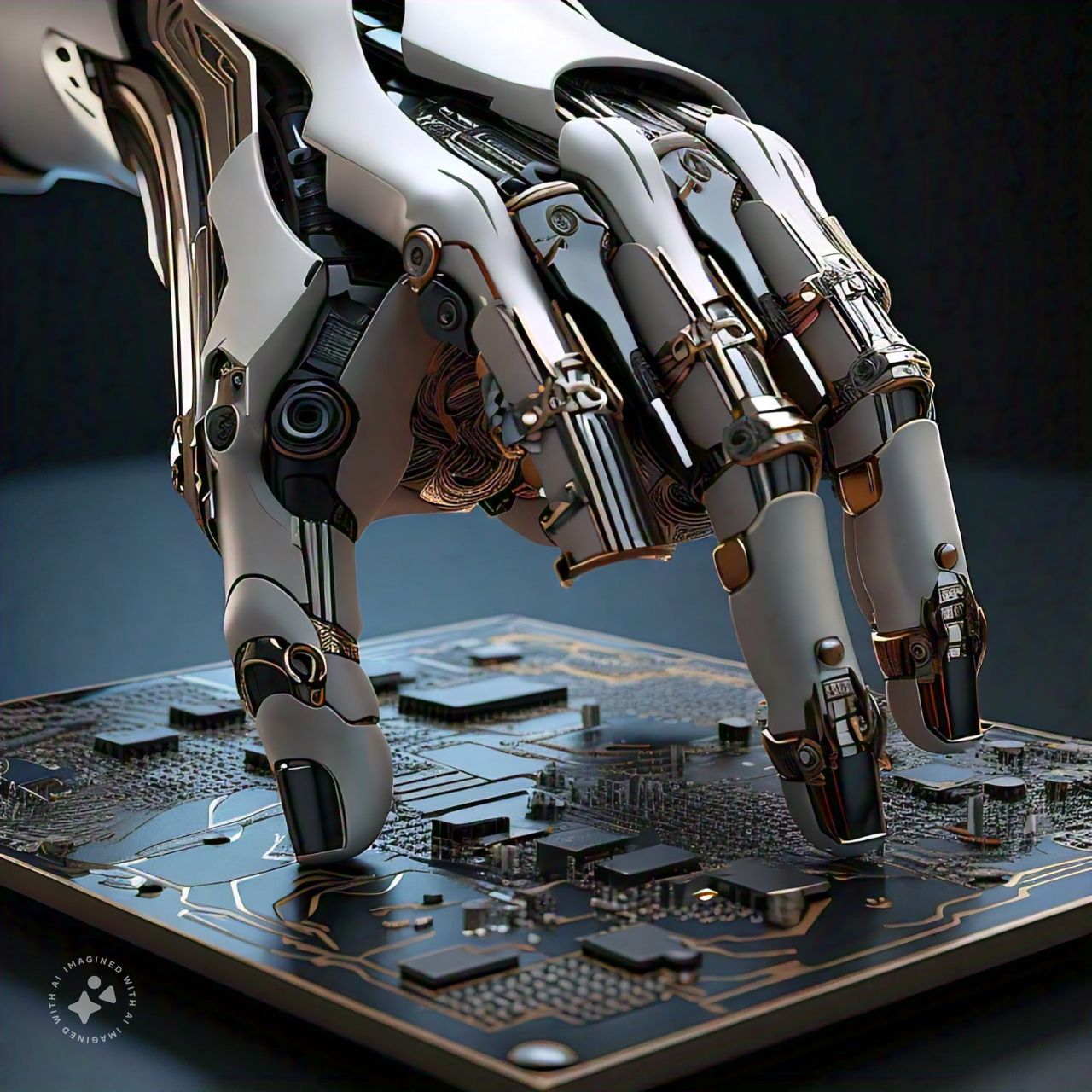
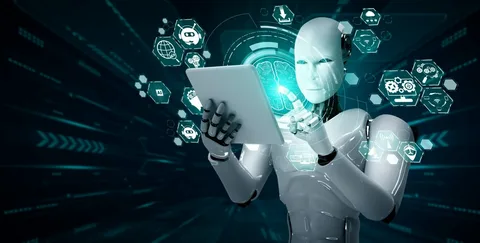
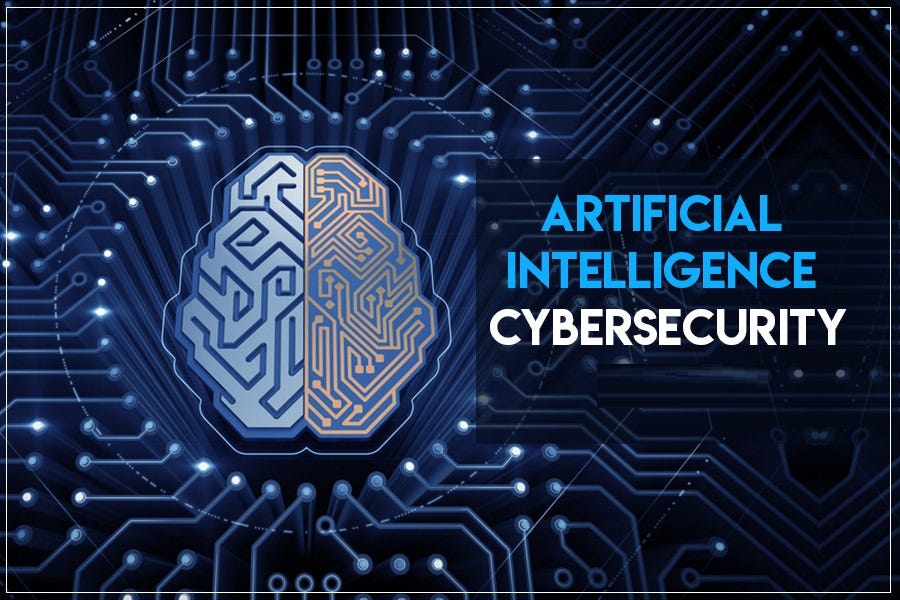


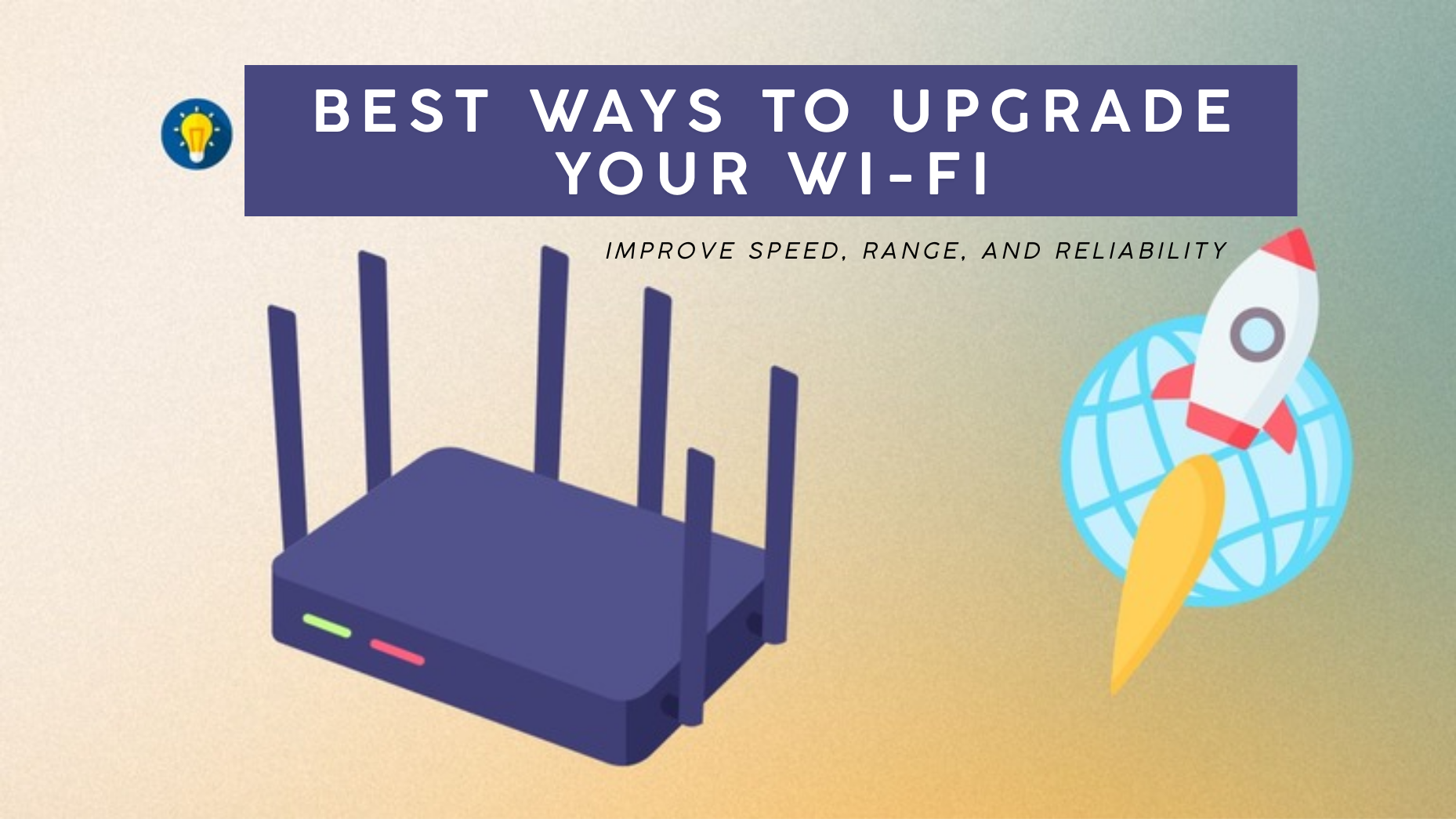
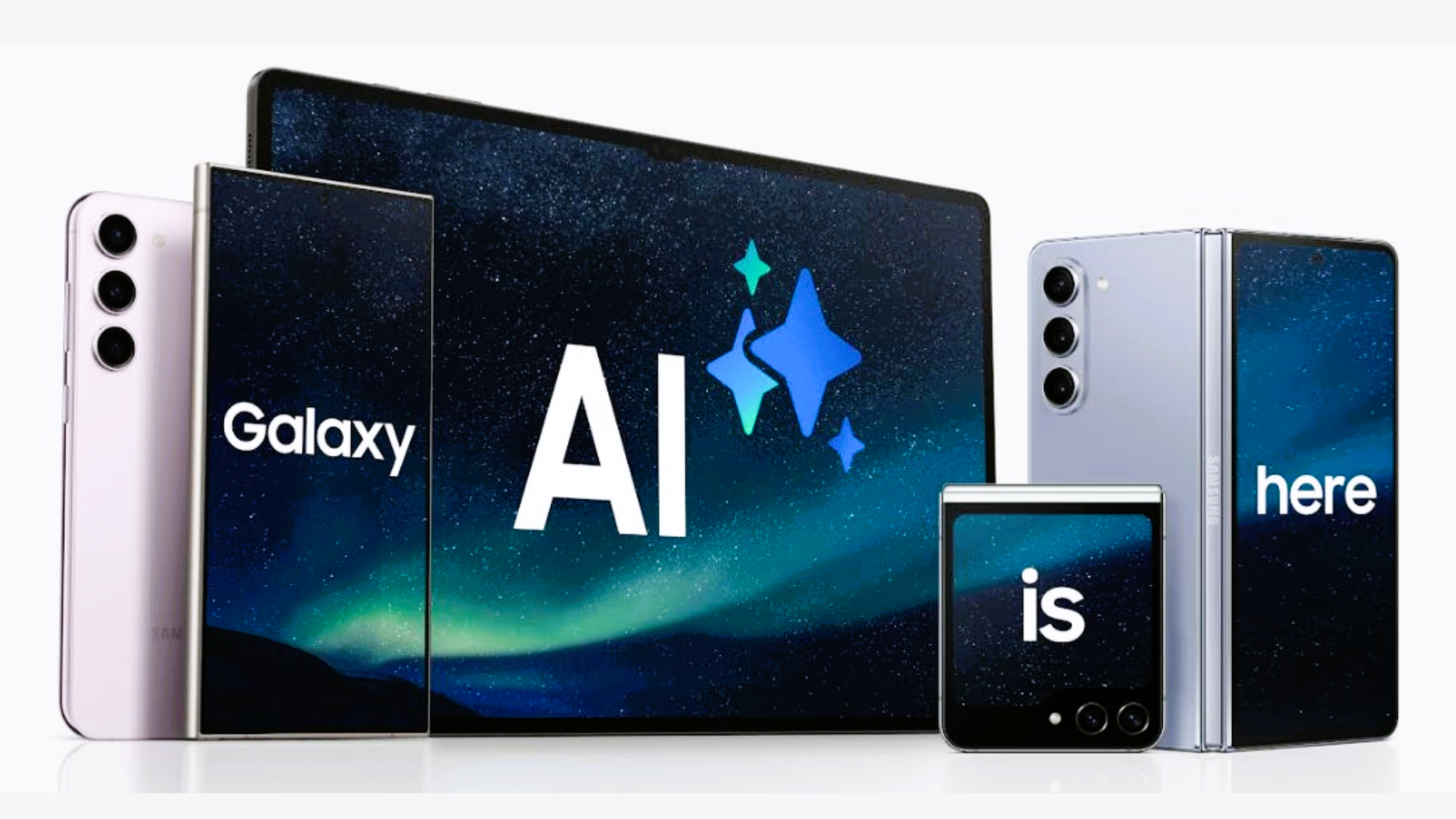
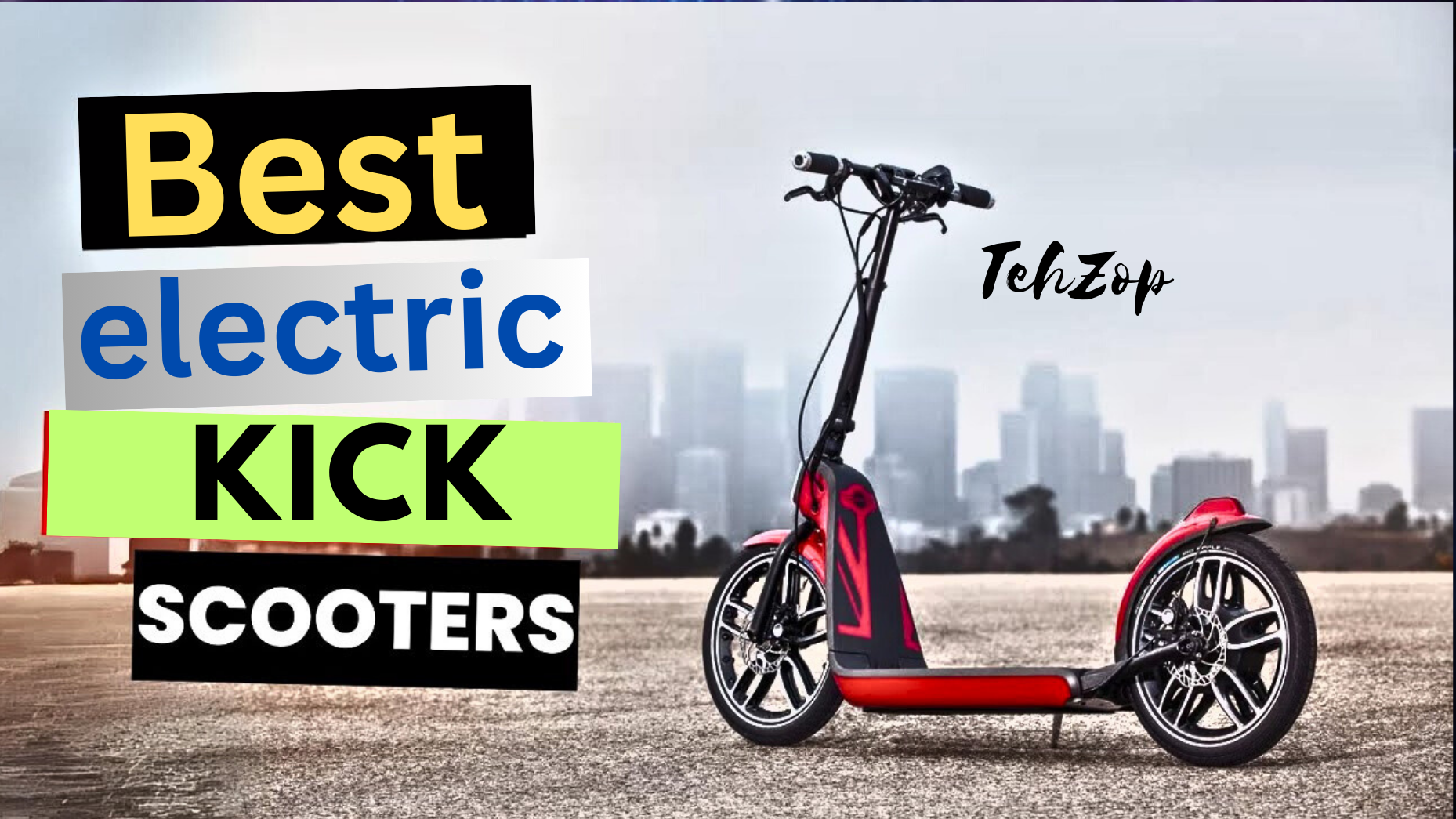
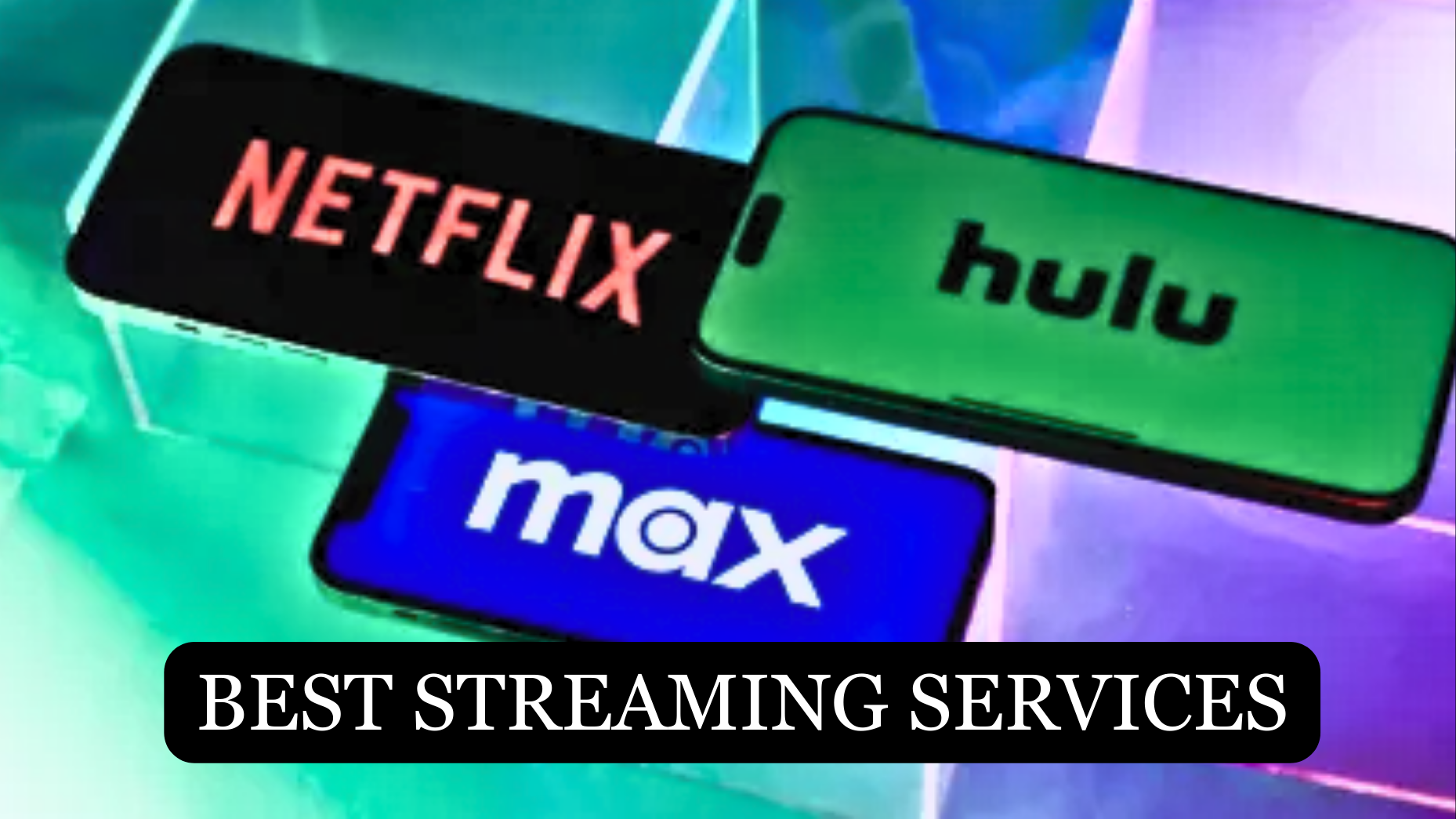
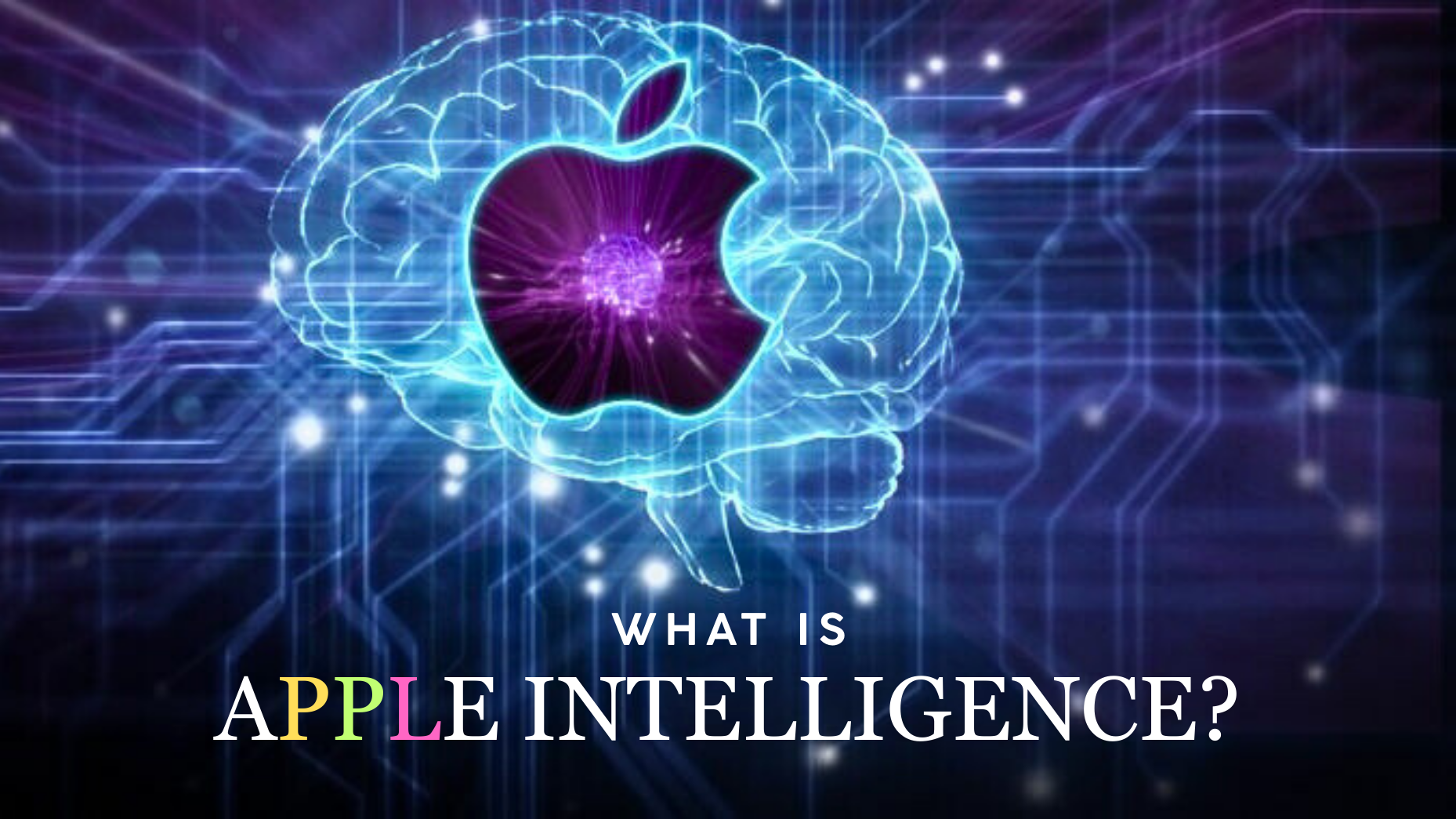
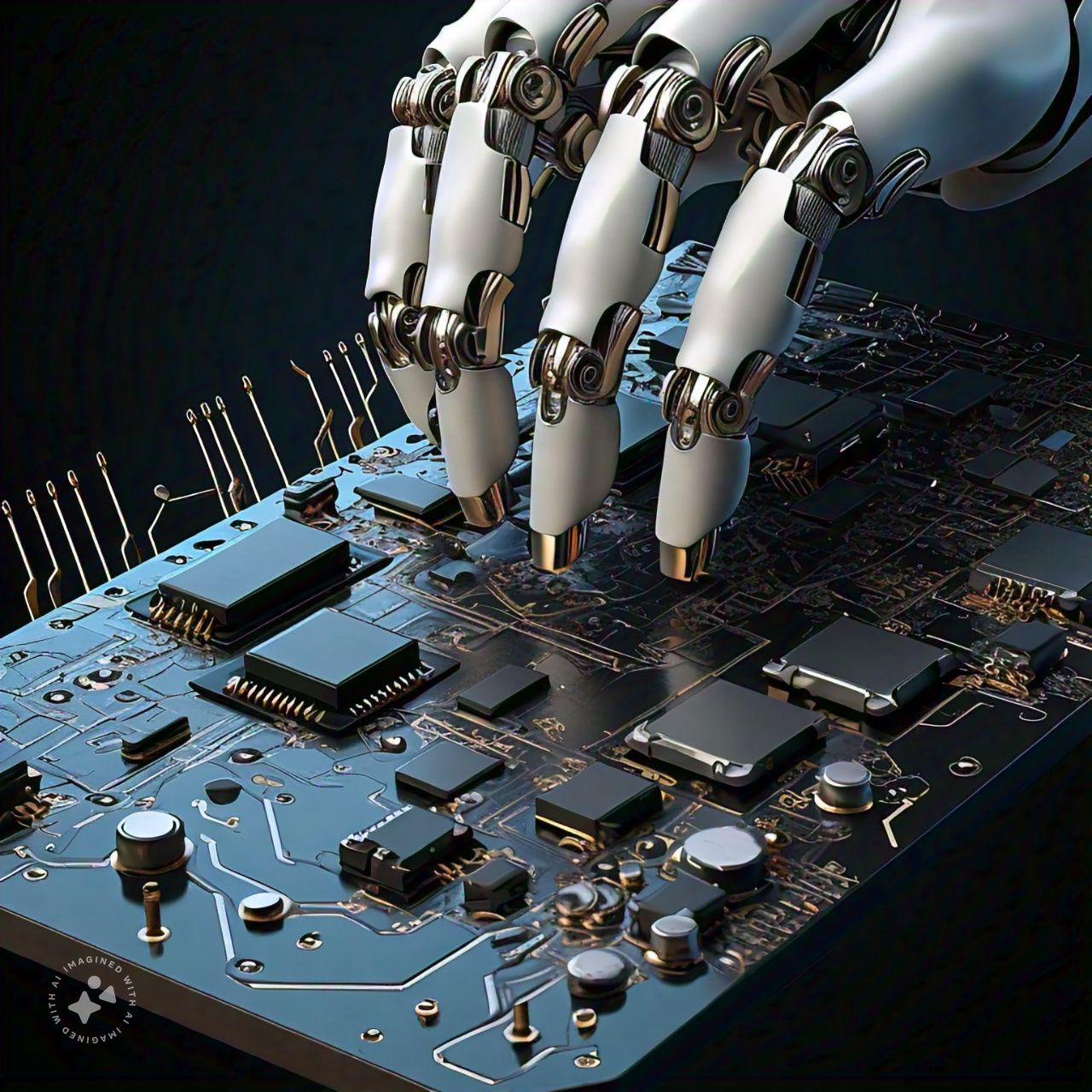

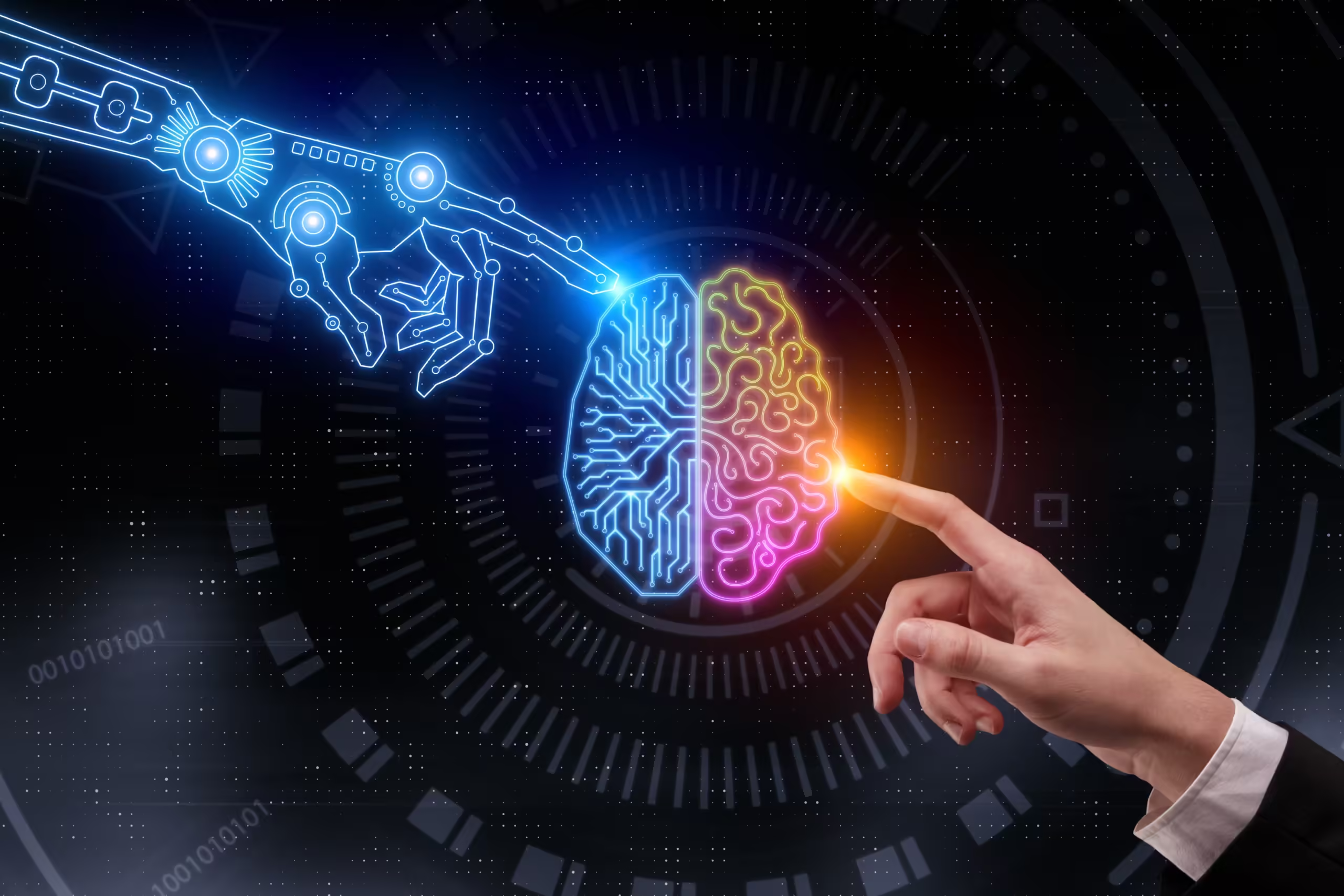
Leave a Reply